Beyond its beautiful whit-sand beaches, crystal-clear waters and charming high-street – this popular UK seaside town is facing a spiralling issue impacting swathes of locals
Despite its sugar-like beaches and quintessential charm, there’s a much darker side to one of the UK’s most famous seaside towns. If there’s one picture-perfect coastal resort that epitomises Cornwall – it has to be St Ives. Renowned for its pristine beaches, cobalt waters, vibrant high-street and impressive art scene – the town attracts a staggering 540,00 day trippers and 220,000 overnight visitors every single year, bringing an estimated £10 million to the area.
In the summer months, St Ives becomes particularly busy, with social media videos revealing the extent of the town’s popularity. Quaint cobbled alleys become filled with selfie-stick-waving tourists, while picturesque beaches turn into a row of sardine-stacked sun loungers.
READ MORE: Beautiful UK beach with crystal-clear water unleashes brutal £100 warning
If you head towards the iconic row of Instagram-worthy houses by the end of the harbour, you’ll find that they’ll all be occupied. However, it’s not locals that live here – and most of these grand properties have been snapped up by landlords who rent them out as holiday homes.
Come September, most will stand vacant – and by the time winter comes – the resort will be left a ghost town. “It’s all second homes and holiday lets,” Rev Chris Wallis, who set up the St Ives Foodbank over ten years ago, told Cornwall Live.
A former Pentecostal minister who officiated in the town until three years back, Chris launched the food bank in 2012 following a request from the mayor and town council who wished to take action to support local residents grappling with food poverty. 13 years on, the food bank remains a lifeline for many.
Today, its shelves are brimming with tins of baked beans, custard, and soup, alongside packets of pasta and long-life UHT milk. It’s a stark reflection of St Ive’s darker side: where harbourside homes worth millions lie mostly vacant, while residents depend on food banks for survival.
“Locals who have been here a long time have no hope,” Chris said. “They have no hope of a good job paying decent wages. So they are stuck in a rut. Their kids leave in the hope of finding better jobs but the adults stay behind and continue to be stuck.”
The area also attracts retirees drawn by the allure of sunshine, stunning light, and serenity unavailable in bustling cities. But, St Ives has few care homes, leaving many elderly residents to fend for themselves at home. For medical care, locals rely on West Cornwall Hospital in Penzance or St Michael’s in Hayle, but serious conditions like cancer require a trip to the Royal Cornwall Hospital at Treliske in Truro.
“I can’t afford to live in St Ives,” Chris added. “Instead I live with my son, daughter-in-law and their children in Penzance. A single bedroom flat here costs £850 a month in rent. How is any family expected to afford that on low wages and seasonal work?”.
Initially, when the food bank opened its doors, it saw four families, comprised of 16 people, in need. Today, the food bank assists 180 individuals weekly, with numbers rising to 240 during the Christmas period. The food bank, supported by approximately 10 volunteers, caters to residents within the TR26 postcode, including those from surrounding villages near St Ives, but not areas like Penzance or Hayle which have their own food banks.
It also aims to support families with energy expenses such as gas and electricity. However, with rising costs, the food bank itself is under financial strain. Until it moved to what used to be the Edward Hain Memorial Hospital, which is now a community hub, it did not have to pay rent but the church where the food bank was located was damp and the food would spoil.
The organisation now faces a hefty £13,000 annual rent, which takes a significant bite out of its budget. However, the new space offers more room and is dry.
“Most of the clients we help are locals,” Chris said. “They tend to come from the two major estates at the top of the hill. There’s great poverty in St Ives. Once they’ve paid for rent and bills, they have no money left for food. That’s the tragedy of seasonal work. Now, even that’s drying out.”
St Ives was one of the first towns in the UK to ban second homes. From April 1, second home owners are also subject to 100 per cent council tax premiums, effectively doubling their council bill.
As a result, many second homes have hit the market at reduced prices compared to the pandemic peak, yet they still remain unaffordable for locals. The retreat of second home owners is also causing a downturn in the holiday rental market, leading to less demand for service workers. “Locals are struggling even more,” Chris remarked. “Demand for the food bank is up.”
Residents cannot simply arrive and pick up a bag of fresh food or tinned goods. All visitors are referred through the NHS or social services. Nevertheless, there is a Food Share initiative in the town where supermarket food nearing its sell-by date is salvaged and given to anyone who shows up.
“We have more families come through the doors,” Chris added. “Many have two or three children. We have three families with six children.”
He revealed that 50 per cent of users are long-term disabled and unable to work. The remaining half may be employed but still struggle to balance their budgets.
“Over the last three years demand has grown incredibly,” Chris said. “It’s all down to the cost of living crisis. More people simply can’t manage anymore. Low incomes and the cost of rents and property are hitting people hard.
“It’s harder for us too. Costs are up. Demand is up but donations are down. It’s the middle-income people who were just about coping who tended to donate. Now they don’t because they are not coping anymore.”
He provided an example of food items the food bank typically purchases – such as frozen minced beef. He noted that recently it would cost £1.80 a packet, but now it’s £3.30.
“We don’t tend to do sanitary products or cleaning products or pet food so much,” Chris said. “Other food banks do and there is demand for it but we concentrate on people having food. Our main focus is on getting people fed.”
Supermarket giant has spotted the growing rise of food security across the nation, and has recently launched its Fair Share initiative within its stores in collaboration with the Trussell Trust. Chris revealed that initially, the local branch would only back food banks affiliated with the Trust, which meant St Ives’ donations ended up supporting residents in different regions.
“Why should donations in the local store go to Camborne? he asked. “The people who need them live here.” Chris noted that under new management, the store now gets the picture, leading to a much-improved partnership between the food bank and Tesco which ensures the seaside town’s inhabitants also reap the benefits of Tesco’s summer generosity.
This contribution is part of Tesco’s Stronger Starts campaign, launched to tackle the pressing issue of feeding children who usually depend on free school meals during term time and might otherwise go hungry over the holidays. To lend a hand, Tesco is introducing pre-packed food donation bags across all its larger outlets.
The bags, which are priced between £2 and £3, come pre-packed with a selection of wholesome, long-lasting food items and can be easily grabbed in-store and paid for at the till. The food contributions are directly channelled to FareShare and the Trussell Trust, from where they’re distributed to various charities and food banks across the UK, aiding families in dire need.
Claire De Silva, Tesco’s head of communities, said: “Too often, families with too little support during the holidays worry about their children’s physical and mental health, particularly if they’re not getting the good food every child deserves.”
She further urged community action, saying, “If we all pull together over the summer, whether that’s popping a few tins into a food collection point, picking up a food donation bag in our stores or rounding up our grocery bill, we can make a difference to the lives of thousands of children, who, without support, could have a tough summer holiday.”
But in St Ives, its seasonal dependency remains. “St Ives is not a thriving town,” Chris said. “That’s the illusion of summer… It’s also a shame that most of the income from tourism goes to people outside of the town.
“No one wants to see food banks. There shouldn’t be any need for them. But it is a worldwide issue. I visited this old church in France about four years ago and they had a food bank there. There was a plaque saying there had been a food bank there since 1680… We will always have a part of society that’s poor. It is a problem everywhere. The solution is better incomes for everyone [and] better housing..
Do you have a story to share? Email us at [email protected] for a chance to be featured.
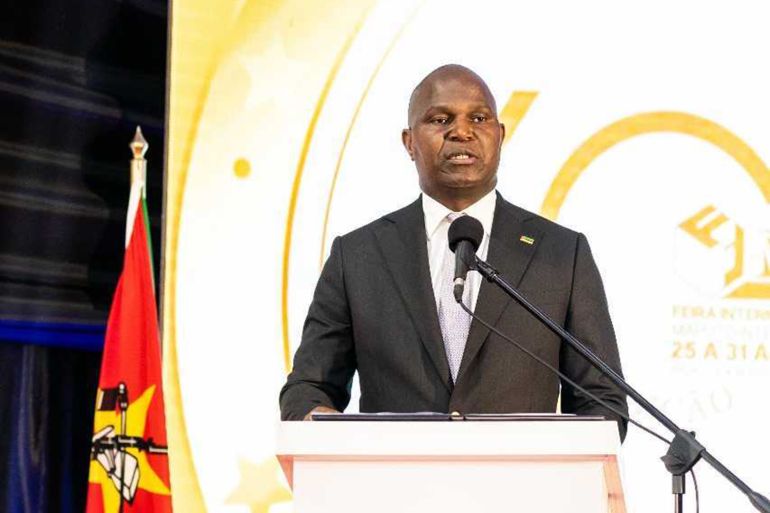









![A community member of Long Moh village pushes a longboat in the Baram River. Longboats remain a common method of transport across Baram [Izzy Sasada/Al Jazeera]](https://www.aljazeera.com/wp-content/uploads/2025/08/DSC05149-1754637964.jpg?w=770&resize=770%2C513&quality=80)
![Community members in Long Moh fix an old drum with deer skin. Music has spiritual significance for this Kenyah community [Izzy Sasada/Al Jazeera]](https://www.aljazeera.com/wp-content/uploads/2025/08/DSC05001-1754638281.jpg?w=770&resize=770%2C513&quality=80)
![Harvested logs in Sarawak [Izzy Sasada/Al Jazeera]](https://www.aljazeera.com/wp-content/uploads/2025/08/DSC04425-1754638109.jpg?w=770&resize=770%2C513&quality=80)
![William Tinggang examines a mushroom within Nawan. Sarawak's primary rainforests are exceptionally rich in biodiversity and harbours hundreds of endemic species found nowhere else on Earth [Izzy Sasada/Al Jazeera]](https://www.aljazeera.com/wp-content/uploads/2025/08/CE6AE106-E695-441C-AC0F-8DC398A6BB75-1754638498.jpeg?w=770&resize=770%2C513&quality=80)
![Portrait of Indigenous Kayan leader from Sarawak, Celine Lim who is manager of Save Rivers [Izzy Sasada/Al Jazeera]](https://www.aljazeera.com/wp-content/uploads/2025/08/Portrait-of-Celine-Lim-1754638809.jpeg?w=770&resize=770%2C513&quality=80)
![Jessica Merriman from the Borneo Project inspects Long Moh community map with a member of Long Moh village [Izzy Sasada/Al Jazeera]](https://www.aljazeera.com/wp-content/uploads/2025/08/DSC05459-1754638963.jpg?w=770&resize=770%2C513&quality=80)


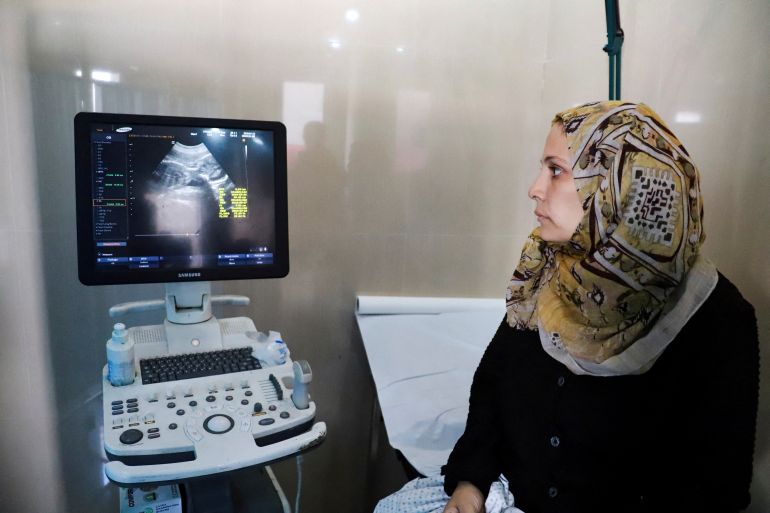

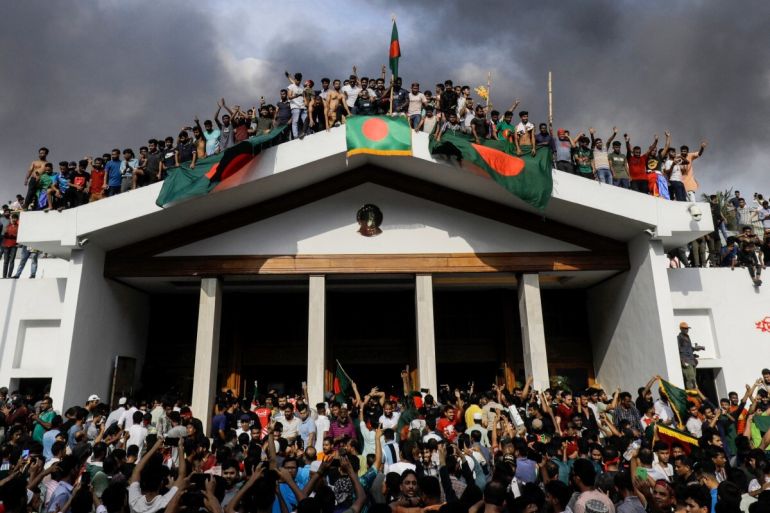







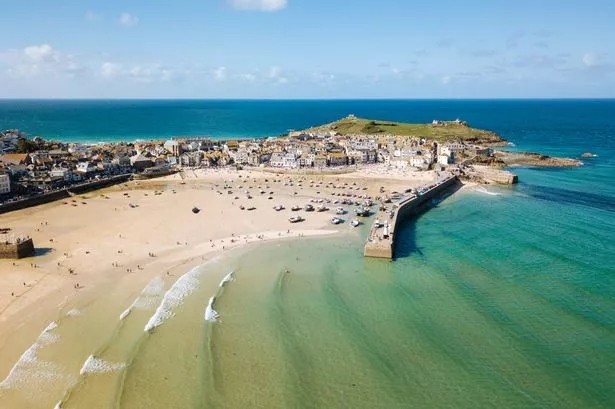



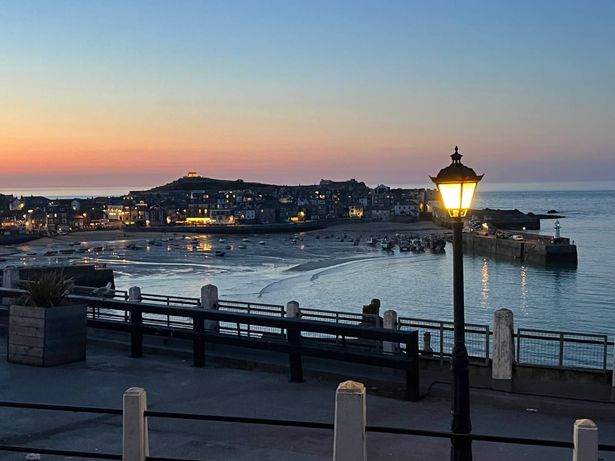



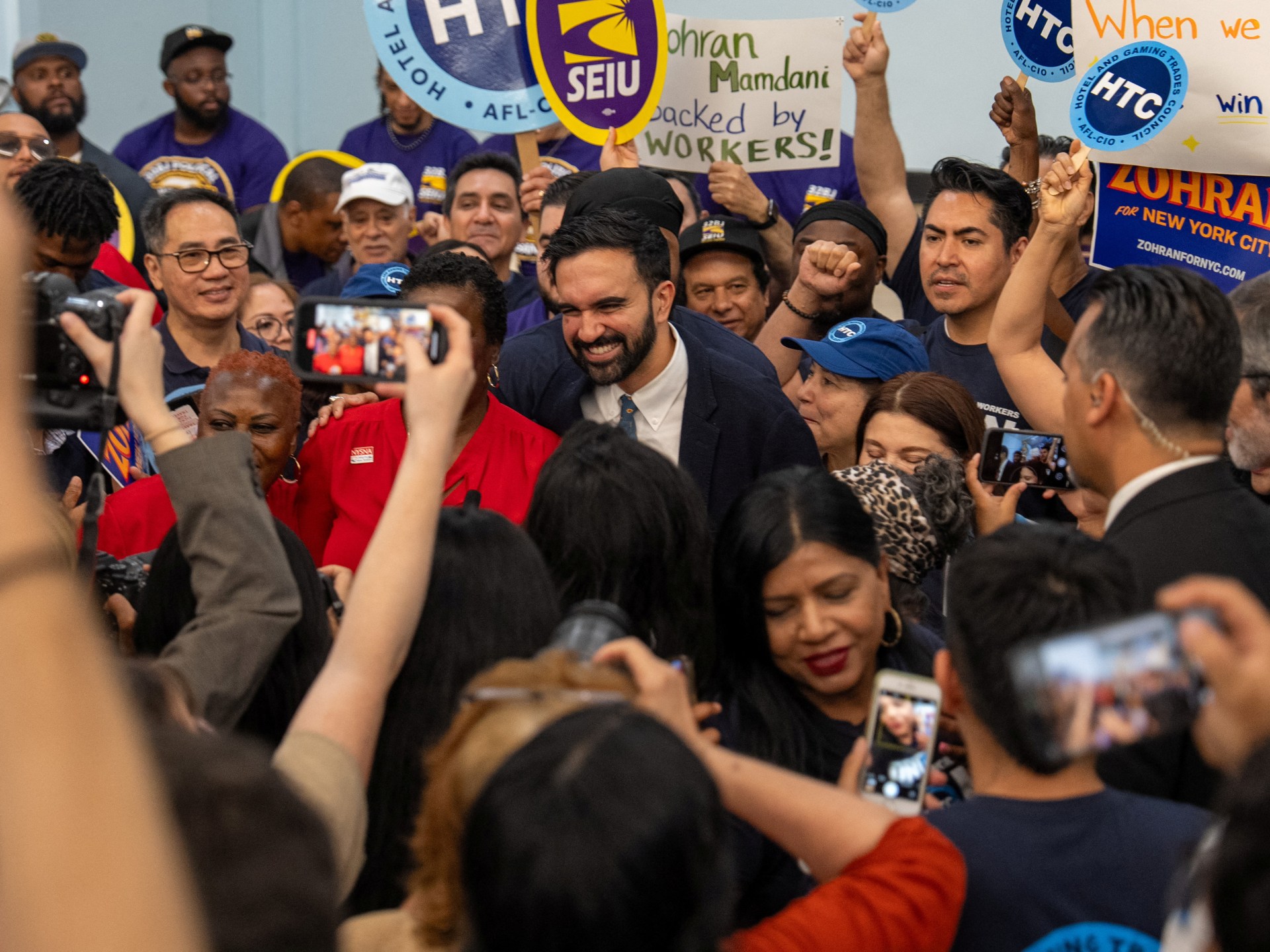
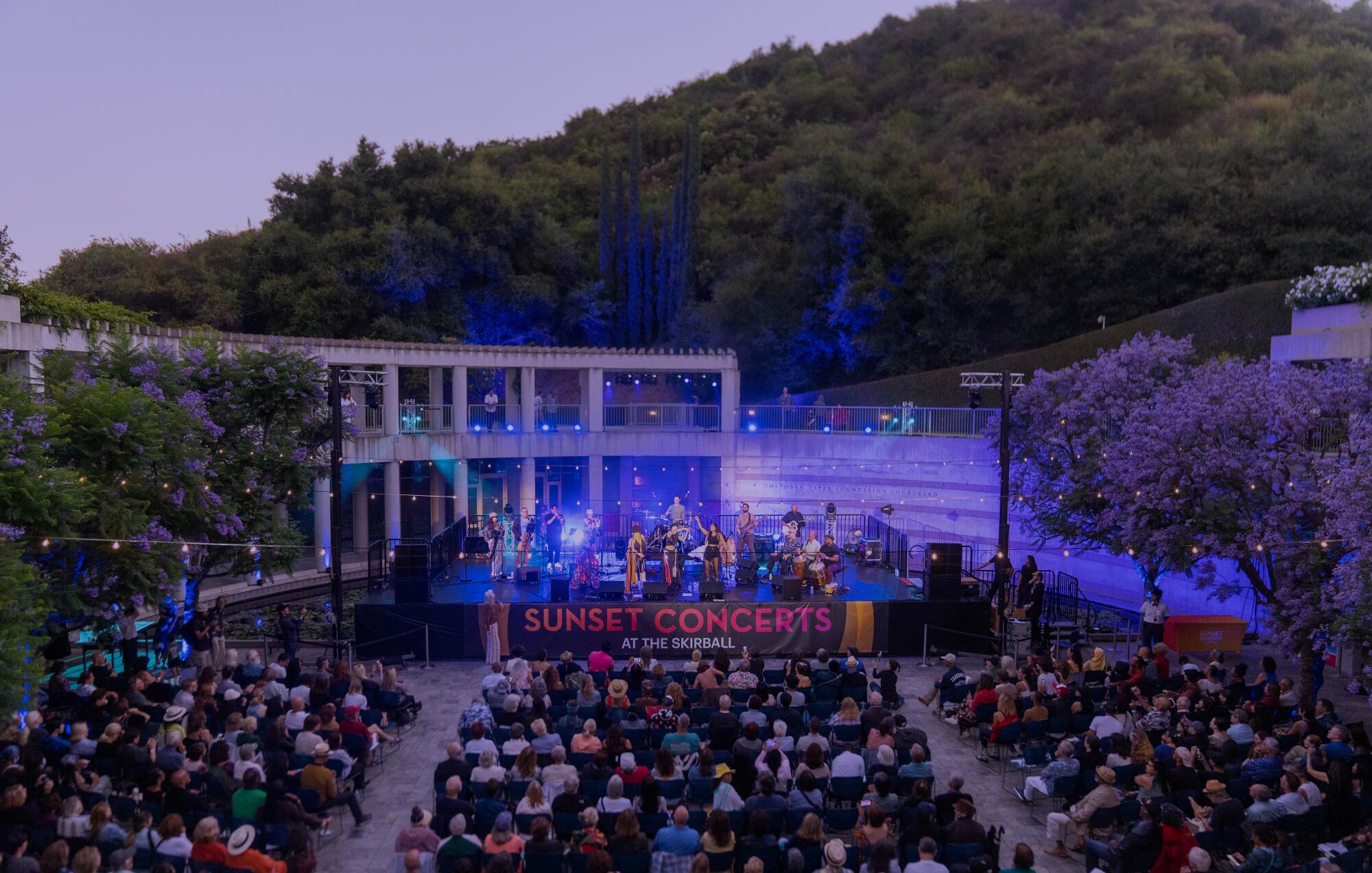



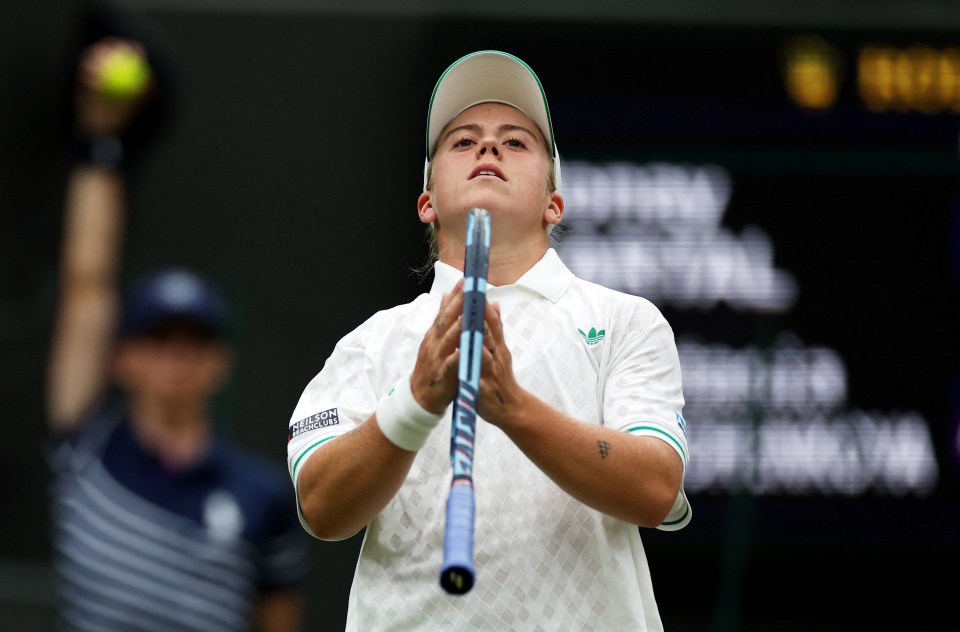

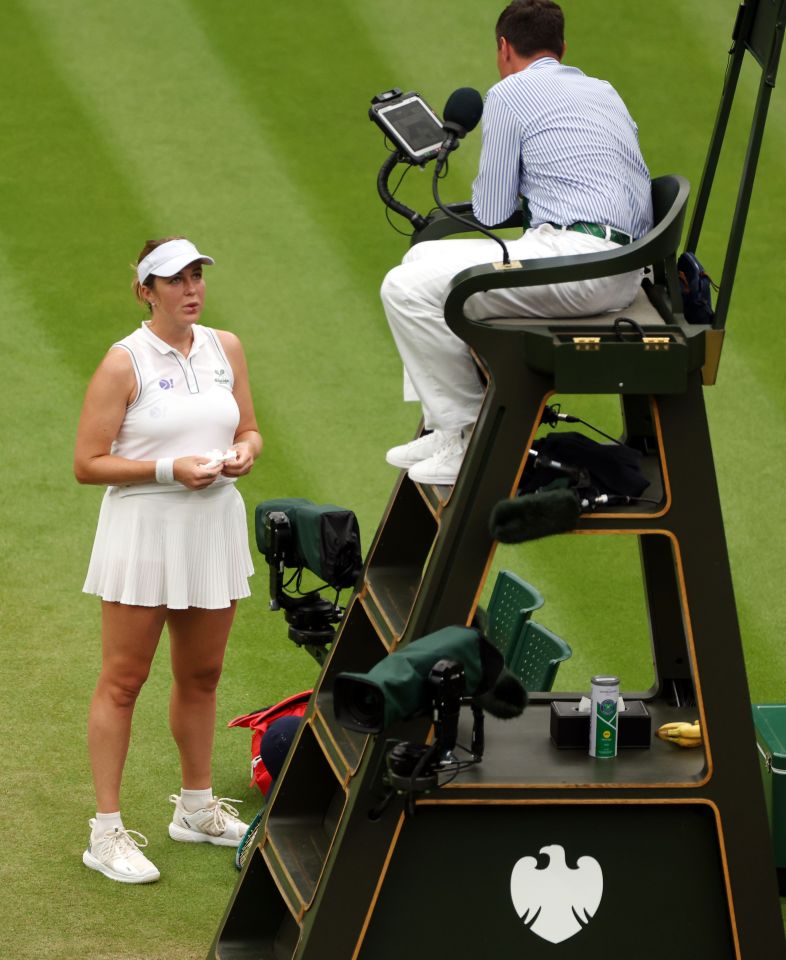




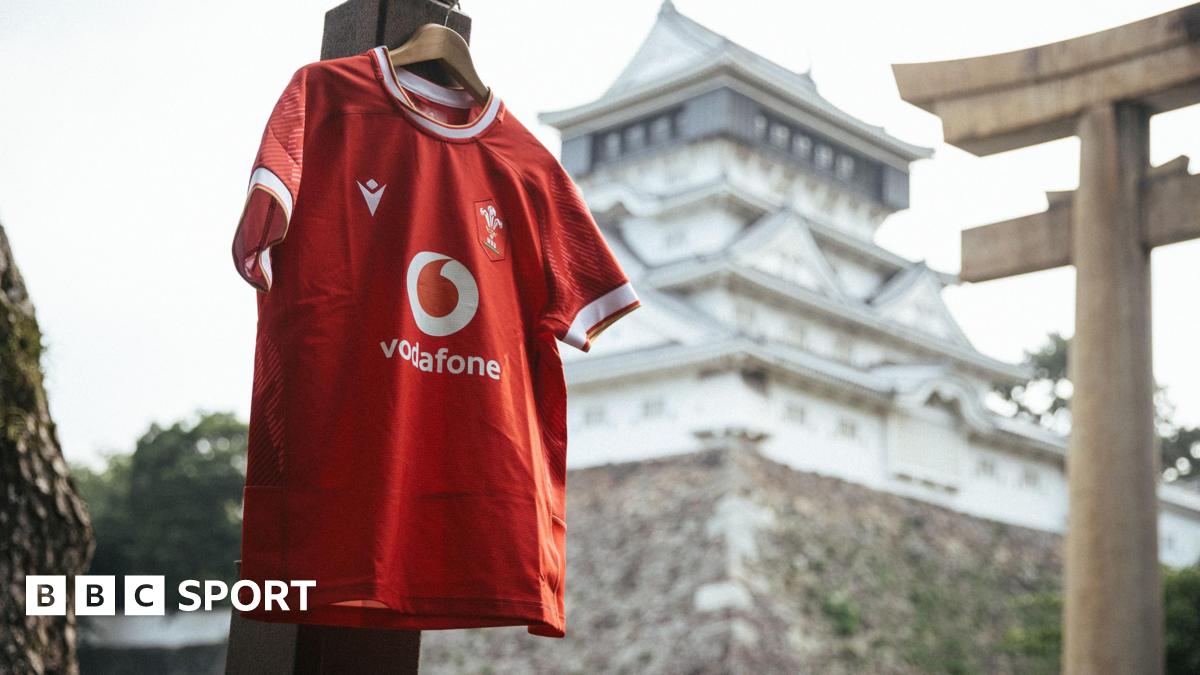



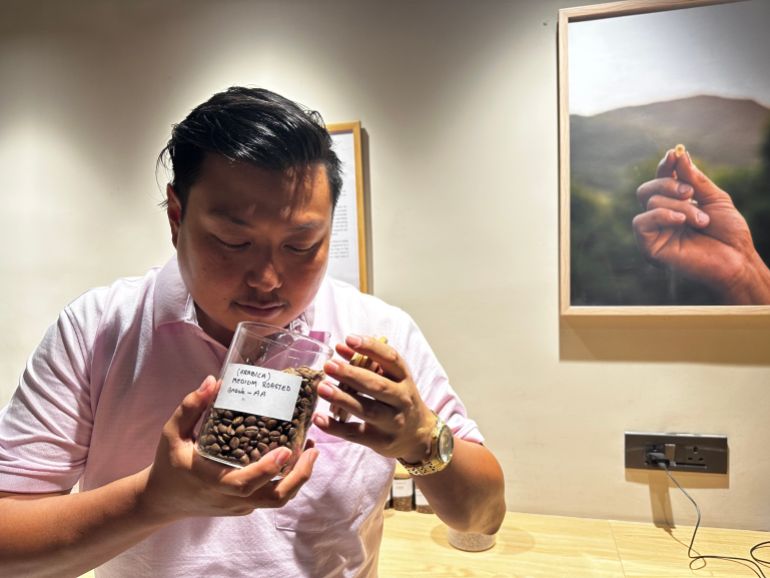

![Lithanro's red coffee beans [Photo courtesy Lithanro]](https://www.occasionaldigest.com/wp-content/uploads/2025/05/RINYU_050-1748607538.jpg)
![Ete Coffee's training school for farmers and brewers in Nagaland, India [Courtesy Ete Coffee]](https://www.occasionaldigest.com/wp-content/uploads/2025/05/WhatsApp-Image-2025-03-28-at-8.12.55-AM-1747991614.jpeg)
![A Lithanro farmer collecting coffee beans in a plantation in Nagaland, India [Photo courtesy Lithanro Coffee]](https://www.occasionaldigest.com/wp-content/uploads/2025/05/RINYU_071-1748607770.jpg)

